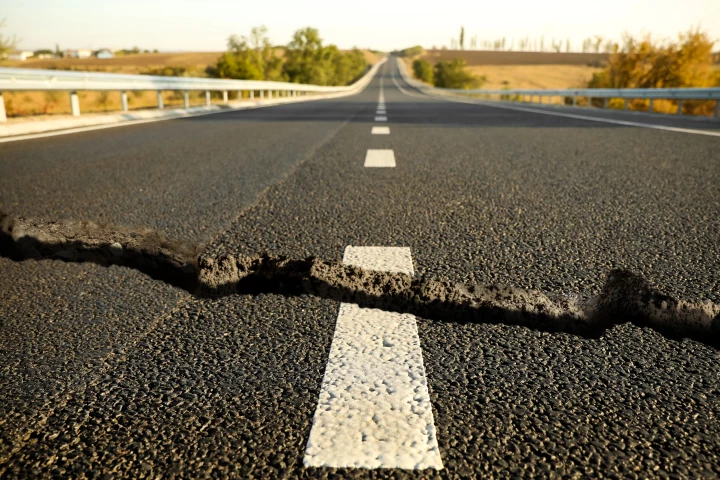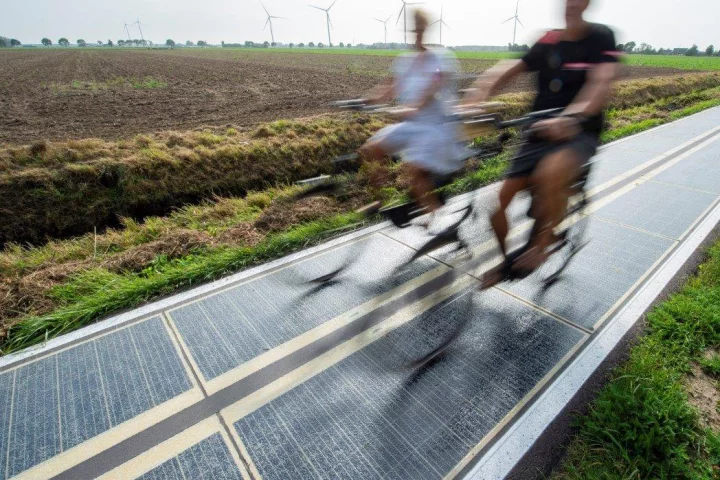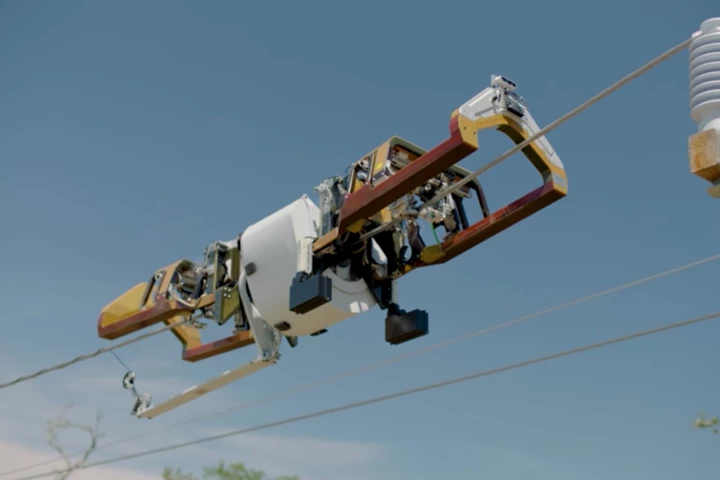Infrastructure
-
An alarming new report reveals that right across the country, 28 US cities are sinking, showing the kind of geologic subsidence that could impact buildings and infrastructure sooner rather than later. But, scientists say it's not yet too late to fix.
-
Dubai authorities have inked a deal with The Boring Company to create a network of tunnels likened to a "wormhole" that will allow users to move at speed under Dubai's streets and avoid traffic congestion.
-
A decade after it was revealed, London's "super sewer" is now finally complete. The mega-project is expected to revolutionize the handling of waste in the British capital, boosting the capacity of its 150-year-old sewer system significantly.
-
Giant shock waves emanating from the Sun can give us some breathtaking auroras here on Earth. They can also cause energy surges that can damage our infrastructure, says a new study that looks at how their angles of impact shape their consequences.
-
A perfect storm is brewing for China's cities due rising sea levels and accelerated subsiding land. Scientists have now sounded the alarm that, without intervention, urban areas below sea level will triple by 2120, impacting up to 128 million people.
-
The Dutch love to cycle. So much so that there are more than 35,000 km of cycle paths snaking through the Netherlands. Two of those bike routes have now been topped with photovoltaic cells to produce renewable energy while they face skyward.
-
GridServe has partnered with Cornwall Services to install an Electric Super Hub in the heart of the popular tourist destination, which includes a solar canopy and a huge battery to support the grid supply to a dozen EV chargers.
-
Working with private industry, the University of Cambridge has gone one step beyond 3D printing with a concrete infrastructure unit that was not only made in an hour, but incorporates sensors to make it self-monitoring and, one day, self repairing.
-
Bay Area startup Earthgrid says it's developing a plasma boring robot that can dig underground tunnels 100x faster and up to 98% cheaper than existing tech, and it plans to use it to start re-wiring America's energy, internet and utilities grids.
-
San Francisco startup Petra says its new contactless thermal drilling robot can make steady progress through super-hard rock that would normally destroy drilling equipment – and it's absolutely mesmerizing to watch "Swifty" in action.
-
Although fiber optic internet cable has many advantages over metal cable, it frequently has to be distributed underground – this limits its usability. Facebook, however, has developed a robot that could wrap the cable around existing power lines.
-
Startup Ample has come out of R&D stealth mode to help move EV adoption along with the launch of an automated battery swap solution for electric vehicles, which makes use of modular battery packs that can be retrofitted into existing EVs.
Load More











